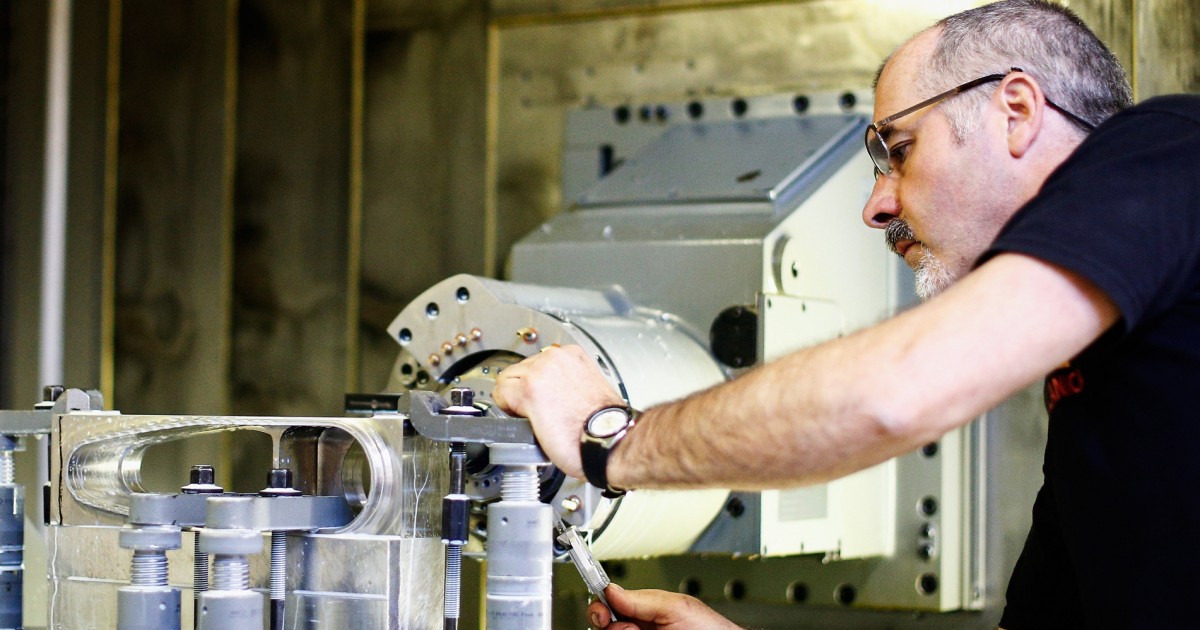
Low-noise Components
Low-noise components are electronic components designed to minimize the amount of noise generated in a circuit. In space and astronautical engineering, low-noise components are critical for the success of many missions, as they enable the detection of weak signals from distant sources. Low-noise components are used in a variety of applications, including communication systems, radar systems, and scientific instruments. These components are designed to have low thermal noise, low flicker noise, and low shot noise, which are the three main sources of noise in electronic circuits. Low-noise components are typically more expensive than standard components, but their use can significantly improve the sensitivity and accuracy of a system.
Your Previous Searches
Random Picks
- Osteoclasts: Osteoclasts are specialized cells that are responsible for the resorption of bone tissue. In space and astronautical engineering context, osteoclasts play an important role in understanding the effects of microgravity on bone health. In mic ... Read More >>
- Refrigerant Gas: Refrigerant gas is a substance used in the cooling cycle of a refrigeration system. It absorbs heat from the environment and releases it elsewhere, allowing for the cooling of a space or object. In astronautical engineering, refrigerant gas ... Read More >>
- Benefits: Benefits in the context of space and astronautical engineering refer to the positive outcomes or advantages that result from space exploration and related activities. These benefits can be scientific, technological, economic, or societal in ... Read More >>
Top News

A day at Uranus just got 28 seconds longer...
A day at Uranus just got a little longer...
News Source: ABC News on 2025-04-07

SpaceX's Fram2 returns from first-of-its-kind mission around Earth's poles...
The Fram2 mission, paid for and led by a cryptocurrency billionaire who is flying with three guests, has returned after a journey on a unprecedented polar orbit....
News Source: CNN on 2025-04-04

Scientists release plans for an even bigger atom smasher to address the mysterie...
GENEVA — Top minds at the world’s largest atom smasher have released a blueprint for a much bigger successor that could vastly improve research into the remaining enigmas of physics....
News Source: NBC News on 2025-04-01

Scientists release plans for even bigger atom smasher along the French-Swiss bor...
Scientists at the world’s largest atom smasher have released a blueprint for a much bigger successor that could help solve enigmas of physics, starting in the mid-2040s at a cost of about $16 billio...
News Source: ABC News on 2025-04-01

The 'Blaze Star' hasn't exploded yet, but it could soon...
T Coronae Borealis has an outburst every 79 to 80 years, according to NASA....
News Source: ABC News on 2025-03-28